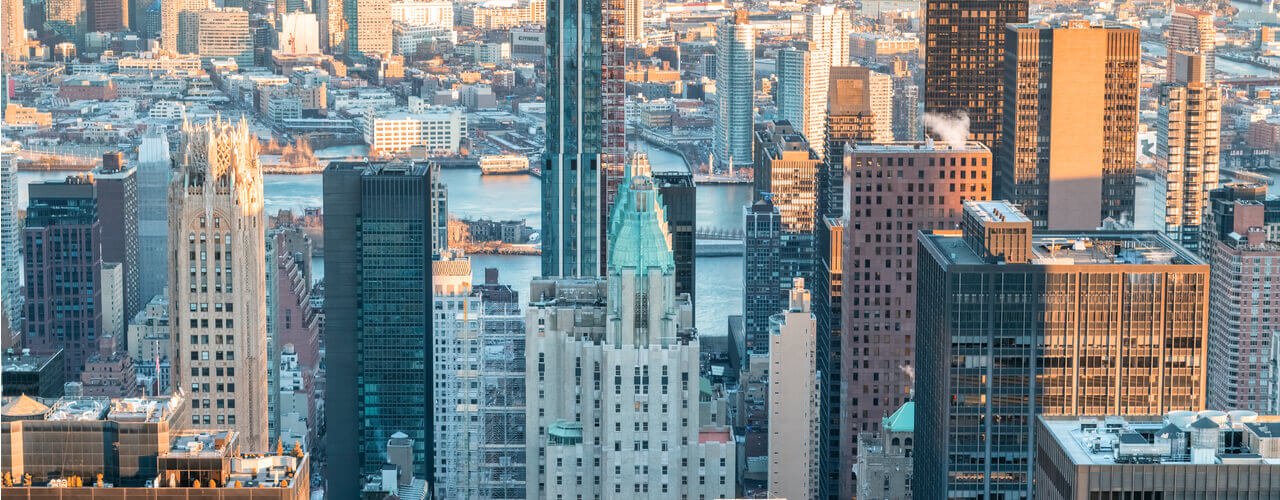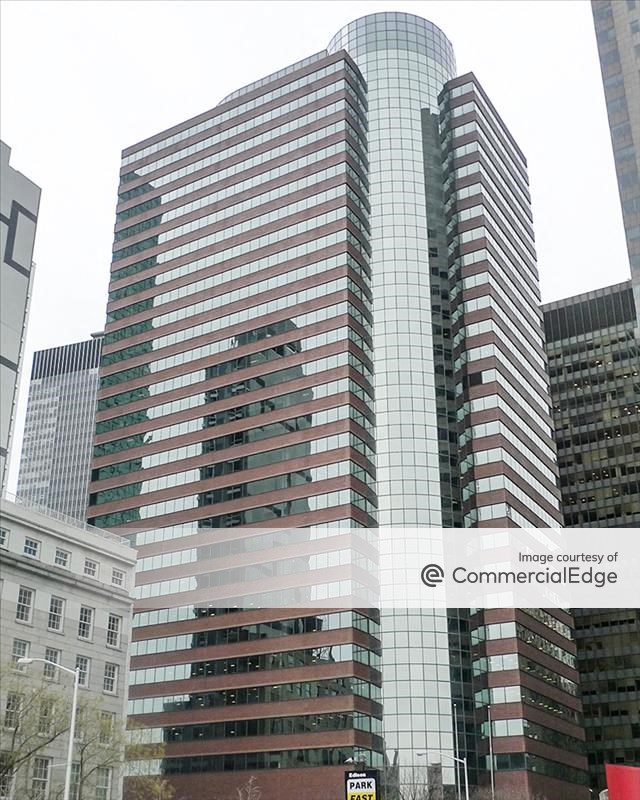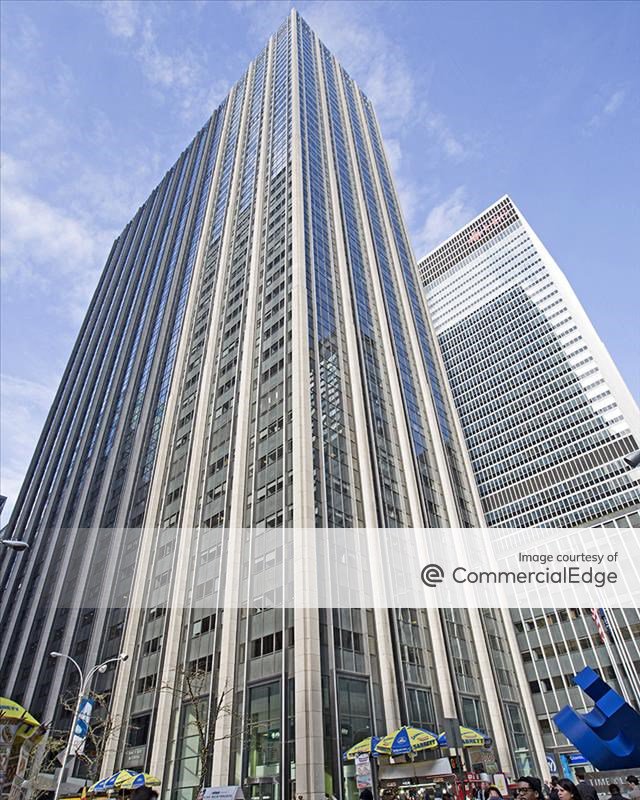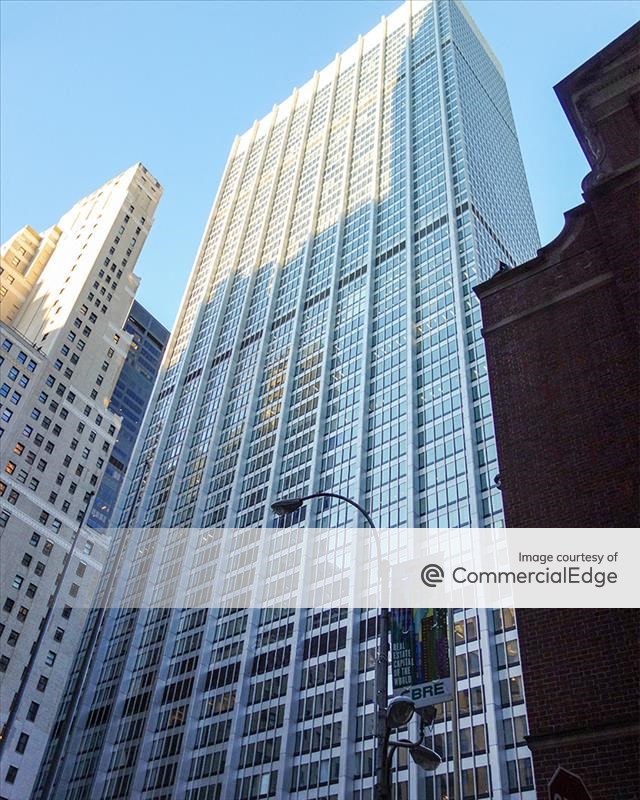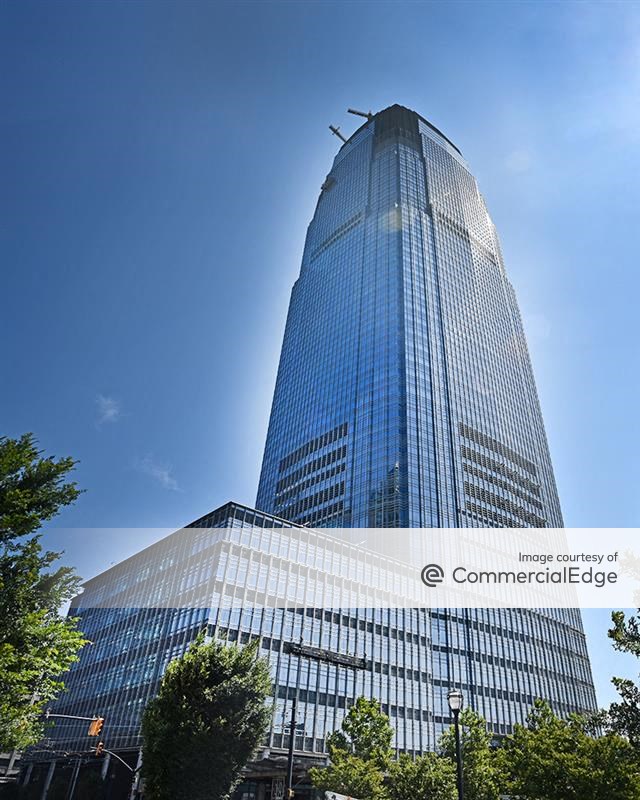American International Group (AIG) will relocate its global headquarters from the Financial District (FiDi) to the Rockefeller Center. The global insurance company will vacate its space of more than 30 years at 175 Water St. ahead of the expiration of its lease in 2021. The move is in line with the workplace objectives of AIG 200 — a multi-year program designed to position the company for the future — which includes optimizing and modernizing the company’s real estate footprint.
The relocation seeks to consolidate operations, while also providing a safe work environment. The company’s international headquarters will move into 325,000 square feet of trophy-grade Midtown Manhattan office space spread across eight floors in the Time-Life Building at 1271 Sixth Ave. Additionally, the company’s remaining local footprint will be concentrated in two other new locations — One Chase Manhattan Plaza at 28 Liberty St. and the Goldman Sachs Tower at 30 Hudson St. in Jersey City.
AIG CEO, Brian Duperreault, said of the move, “New York City has played an important part in AIG’s history, and we are proud to be headquartered in this unique and resilient city. Our new Midtown headquarters building is in close proximity to many of our clients, distribution partners and other stakeholders. We take pride in our role as a responsible corporate citizen and remain committed to doing our part to help strengthen our New York City and Jersey City communities.”
Peter Zaffino, AIG’s president and global COO, said, “We are designing offices in these three class A buildings that will allow our teams to work more effectively and collaboratively with high-quality infrastructure. Our people are our most important asset, and we remain committed to providing a safe and productive work environment while incorporating key learnings that have emerged while working remotely.”
A Well-Curated Selection of New York Office Space
AIG’s choice of office space is a mix of iconic Manhattan stock and brand new architecture. The company’s current home at 175 Water St. was completed during the U.S. building boom of the 1980s, when downtown Manhattan still had empty or underdeveloped lots after the post-war expansion. The 30-story tower is part of a 12-block tract of Lower Manhattan properties — also known as the “Insurance District” submarket — that feature large, efficient floor plates and were specifically designed with big corporate tenants in mind.
AIG acquired the FiDi high-rise as part of a portfolio deal in 1996 and has been its single occupant since then. In 2019, the insurance company sold 175 Water St. to MetroLoft Management — a rare market opportunity to purchase upwards of 400,000 square feet of Manhattan Financial District office space for rent or repositioning. According to The Real Deal reporting at the time of sale, MetroLoft plans to convert the top half of the building into residences after AIG vacates the space in 2021.
Meanwhile, the Time-Life Building, AIG’s future headquarters location, is among the more recent of the 21 properties that make up the massive Rockefeller Center. In fact, it was the first component of the Center’s expansion to the west side of Sixth Avenue. Originally completed in 1961, the 48-story tower underwent renovations in 2000 and 2018. The property incorporates 20,000 square feet of retail space and nearly 2 million square feet of modernized, LEED Silver-certified Sixth Avenue office space.
One Chase Manhattan Plaza was the first international-style skyscraper to rise in the Lower Manhattan skyline. As such, its lack of setbacks, boxy appearance and flat top clashed with the spindly art-deco silhouettes of the city’s classic downtown skyline. However, it also had great economic significance for the area. Chase Manhattan Bank’s consolidation of its almost 9,000-strong workforce into a single skyscraper at 28 Liberty St. ultimately led to the construction of the World Trade Center and Battery Park City.
30 Hudson — formerly known as the Goldman Sachs Tower — is a trophy-grade office high-rise built in 2004. The building rises 781 feet above Jersey City on the Hudson River waterfront, and features 38,500-square-foot floor plates that offer sweeping views of Manhattan and of New Jersey’s “Gold Coast.” Before the completion of the 79-story 99 Hudson residences, 30 Hudson was the tallest building in New Jersey. The tower’s total square footage of 1,560,435 is primarily comprised of office space, with retail, restaurant and parking components, as well.
Property images courtesy of CommercialEdge.

